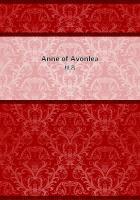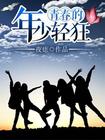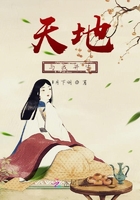One of his prettiest compositions is the group here reproduced from "Punch's Almanack" for 1877. The talent of his colleague, Mr. Linley Sambourne, may fairly be styled unique. It is difficult to compare it with anything in its way, except some of the happier efforts of the late Mr. Charles Bennett, to which, nevertheless, it is greatly superior in execution. To this clever artist's invention everything seems to present itself with a train of fantastic accessory so whimsically inexhaustible that it almost overpowers one with its prodigality. Each fresh examination of his designs discloses something overlooked or unexpected. Let the reader study for a moment the famous "Birds of a Feather" of 1875, or that ingenious skit of 1877 upon the rival Grosvenor Gallery and Academy, in which the late President of the latter is shown as the proudest of peacocks, the eyes of whose tail are portraits of Royal Academicians, and whose body-feathers are paint brushes and shillings of admission. Mr. Sambourne is excellent, too, at adaptations of popular pictures,--witness the more than happy parodies of Herrman's "A Bout d'Arguments," and "Une Bonne Histoire." His book-illustrations have been comparatively few, those to Burnand's laughable burlesque of "Sandford and Merton"being among the best. Rumour asserts that he is at present engaged upon Kingsley's "Water Babies," a subject which might almost be supposed to have been created for his pencil. There are indications, it may be added, that Mr. Sambourne's talents are by no means limited to the domain in which for the present he chooses to exercise them, and it is not impossible that he may hereafter take high rank as a cartoonist. Mr. Charles Keene, a selection from whose sketches has recently been issued under the title of "Our People," is unrivalled in certain bourgeois, military, and provincial types. No one can draw a volunteer, a monthly nurse, a Scotchman, an "ancient mariner" of the watering-place species, with such absolutely humorous verisimilitude. Personages, too, in whose eyes--to use Mr. Swiveller's euphemi**--"the sun has shone too strongly," find in Mr. Keene a merciless satirist of their "pleasant vices." Like Leech, he has also a remarkable power of indicating a landscape background with the fewest possible touches. His book-illustrations have been .mainly confined to magazines and novels.
Those in "Once a Week" to a "Good Fight," the tale subsequently elaborated by Charles Reade into the "Cloister and the Hearth,"present some good specimens of his earlier work. One of these, in which the dwarf of the story is seen climbing up a wall with a lantern at his back, will probably be remembered by many.
After the "Punch" school there are other lesser luminaries. Mr. W. S. Gilbert's drawings to his own inimitable "Bab Ballads" have a perverse drollery which is quite in keeping with that erratic text.
Mr. F. Barnard, whose exceptional talents have not been sufficiently recognised, is a master of certain phases of strongly marked character, and, like Mr. Charles Green, has contributed some excellent sketches to the "Household Edition" of Dickens. Mr. Sullivan of "Fun," whose grotesque studies of the "British Tradesman" and "Workman" have recently been republished, has abounding vis comica, but he has hitherto done little in the way of illustrating books. For minute pictorial stocktaking and photographic retention of detail, Mr. Sullivan's artistic memory may almost be compared to the wonderful literary memory of Mr. Sala.
Mr. John Proctor, who some years ago (in "Will o' the Wisp") seemed likely to rival Tenniel as a cartoonist, has not been very active in this way; while Mr. Matthew Morgan, the clever artist of the "Tomahawk," has transferred his services to the United States. Of Mr. Bowcher of "Judy," and various other professedly humorous designers, space permits no further mention.
There remains, however, one popular branch of book-illustration, which has attracted the talents of some of the most skilful and original of modern draughtsmen, i.e. the embellishment of children's books. From the days when Mulready drew the old "Butterfly's Ball"and "Peacock at Home" of our youth, to those of the delightfully Blake-like fancies of E. V. B., whose "Child's Play" has recently been re-published for the delectation of a new generation of admirers, this has always been a popular and profitable employment;but of late years it has been raised to the level of a fine art.

